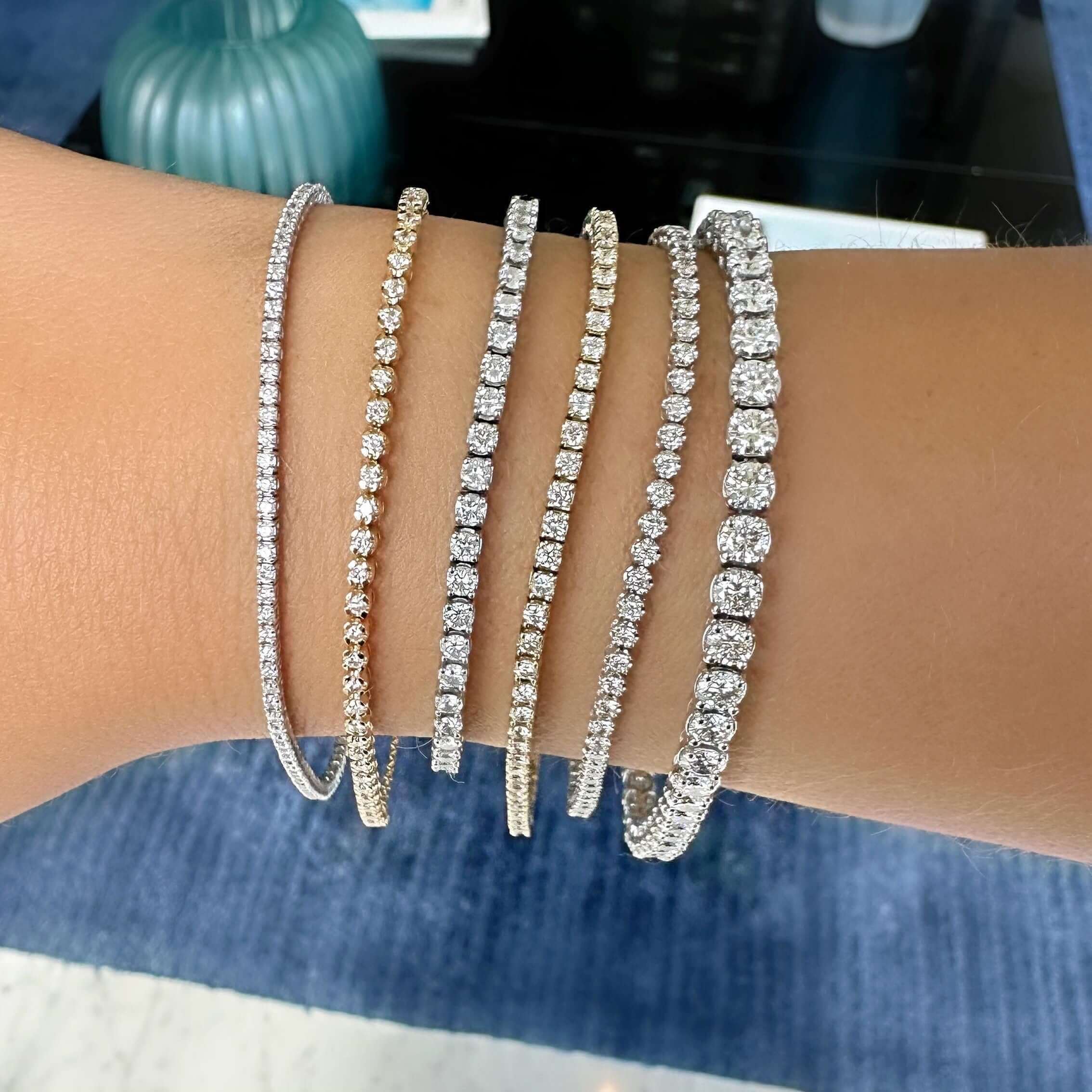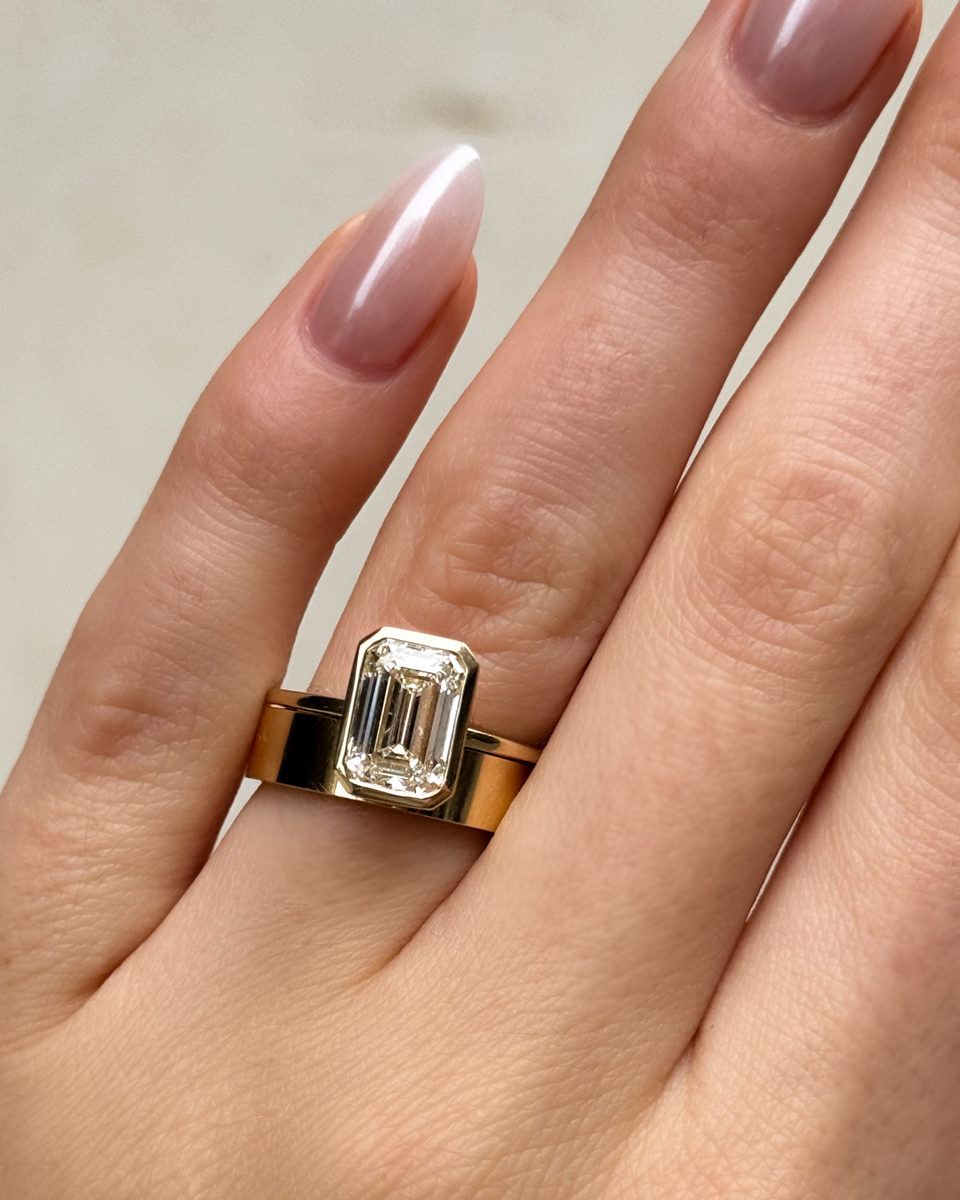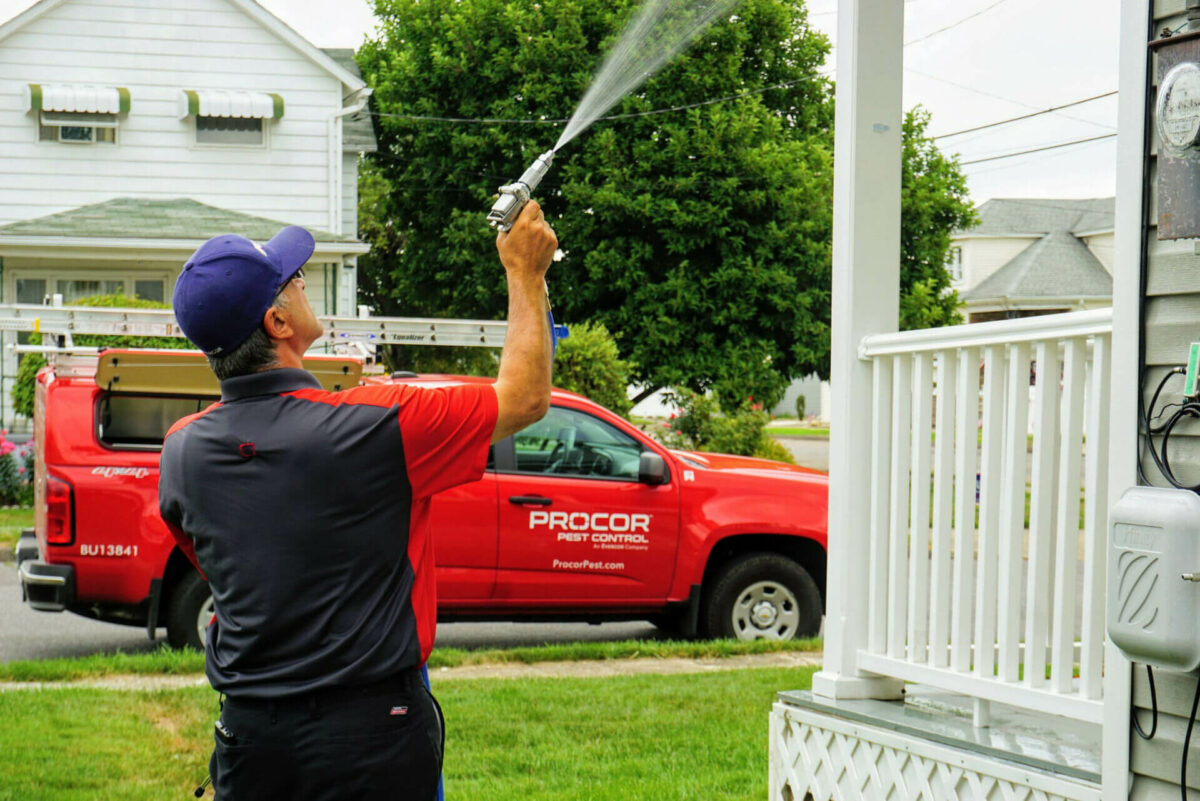Gate valve is a device that allows fluid to flow in one directionA gate valve has two connections, one for inlet media and one for output mediaIf a gate valve allows the medium to flow only in one direction, this is called a one-way or non-return valve.
The primary advantage of a gate valve is that it prevents the return flow without external actuationDisadvantages comprise the inability to determine the condition of the valve, the limitation of its assembly and configuration, and the possibility of being stuck in the open positionGate valves offer a fast-acting solution to prevent backlog.
Each gate valve type has advantages and disadvantages, and it is essential to bear this in mind when choosing a valvePressure differential valves are better than butterfly valves when they work under pressureTheir construction means that the flow can continue without causing unnecessary pressure fluctuationsTheir use does not require much effort.
The slider consists of three main parts: body, bonnet, and fairingThe body is connected to other devices by flanges, screws, and weldsThe bonnet is fastened to the body with screws, and the fairing consists of a stem, door disc, wedge, and seat ring.
Slides are available with different discs and wedgesThe parallel disc uses a valve with a parallel seat, while the other three (fixed, flexible, and split) wedges use valves with an angle seat.
A slide valve or measuring valve is designed to minimize the pressure drop of the valveWith a measuring valve, you push a gate by pressing or pulling the handleThe valve moves the gate away from the running current to stop the flow of fluidIn the open position, the diameter of the opening through which the liquid flows is equal to that of the pipe, and the flow direction does not change.
A slider ensures an unobstructed passage so that a minimum pressure loss occursValves are often cheaper than ball valves of the same size and qualityThe gate valve is an isolation valve because when it is opened, the gate lifts the flow path, and when it is closed, it returns to its position (hence the name)An open borehole in a gate valve allows pigs to pass through the pipe during the cleaning process.
Spool valves come in many shapes and sizes but tend to be the largestDespite their enormous size, sliders are designed to be controlled by a single personThe gate valve’s close relative is the ingenious version, the butterfly valve, which is available in many shapes and sizes.
Flexible gate valve types are used in steam systemsThe steam line’s thermal expansion can lead to a distortion of the valve body, which can lead to thermal glareFlexible sliders allow them to bend when the valve seat is compressed due to the steam line’s thermal expansion, which prevents this glareThe disadvantage of flexible goal lines is that the liquid accumulates on the disc.
Handles come in two main types: ascending and not ascendingRising stalks are useful to determine whether a valve is open or closed, as the stalk is higher when it is openNon-ascending logs are used when there is little space available for ascending action on the stem, making the operation of the valve more difficult.
This gate valve type is also known as an insider screw valveIn this valve, the shaft is screwed on and exposed to the flow mediumIt is used when space is limited to allow linear shaft movement through the flow media and does not cause erosion, corrosion, or wear on the shaft material.








